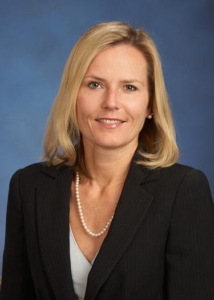 ‘Tis the season to be jolly and we wish you and yours a festive break and a Merry Christmas to those who celebrate it. We will return on January 2, 2014 to bring you the best career advice that we can muster from our editorial team, which includes 15 freelance journalists from around the globe.
‘Tis the season to be jolly and we wish you and yours a festive break and a Merry Christmas to those who celebrate it. We will return on January 2, 2014 to bring you the best career advice that we can muster from our editorial team, which includes 15 freelance journalists from around the globe.
This year we have written over 400 stories and have endeavored to live up to our mission of informing, inspiring, and empowering you as you navigate your career in financial and professional services. We will continue to write articles, produce events, and provide resources in 2014.
This is a rare time of year, one of the few instances in which even the busiest among us can take a few days or weeks to relax and reflect. Reading, I’ve found, is enables both of those things wonderfully.
A lot of books come across my desk, but I wanted to share some of my recent favorites with you:
“Heels of Steel: Surviving & Thriving in the Corporate” by Vanessa Vallely: A charming story that details a young girl’s transition into womanhood while working in the ultra-competitive technology departments of London’s leading banks. The book features great practical advice about networking and overall, is a fun, especially if you’ve come across Vanessa and can imagine her cockney accent narrating the tale.
“Everyday Negotiations: Navigating the Hidden Agendas in Bargaining” by Deborah Kolb and Judith Williams: This book is a very useful how-to when it comes to managing the conversations and interactions around negotiations. Based on solid advice and evidence, “Everyday Negotiations” gives you the skills needed to spot the power and authority dynamics often at play between two people wanting mutual gains. Published in 2003, it’s not a new book, but very timely in light of Deborah and her colleague’s recent research surrounding second-generation gender bias in Harvard Business Review.
“Nice Girls Just Don’t Get It: 99 Ways to Win the Respect You Deserve, the Success You’ve Earned, and the Life You Want” by Lois Frankel and Carol Frohlinger: Girls are mostly socialized to play nice, not make demands, and let others be the captain. I have seen “nice girls” who are a million times more qualified than their male counterparts, but yet they stand in men’ shadows. This book will make you think about how you, your colleagues, friends, sisters, and daughters behave and hopefully, will make you see that there’s a lot on the line that “nice” may not get you, including money, power, and success.
See you in the New Year!
Best Wishes,
Nicki Gilmour, CEO & Founder, theglasshammer.com









